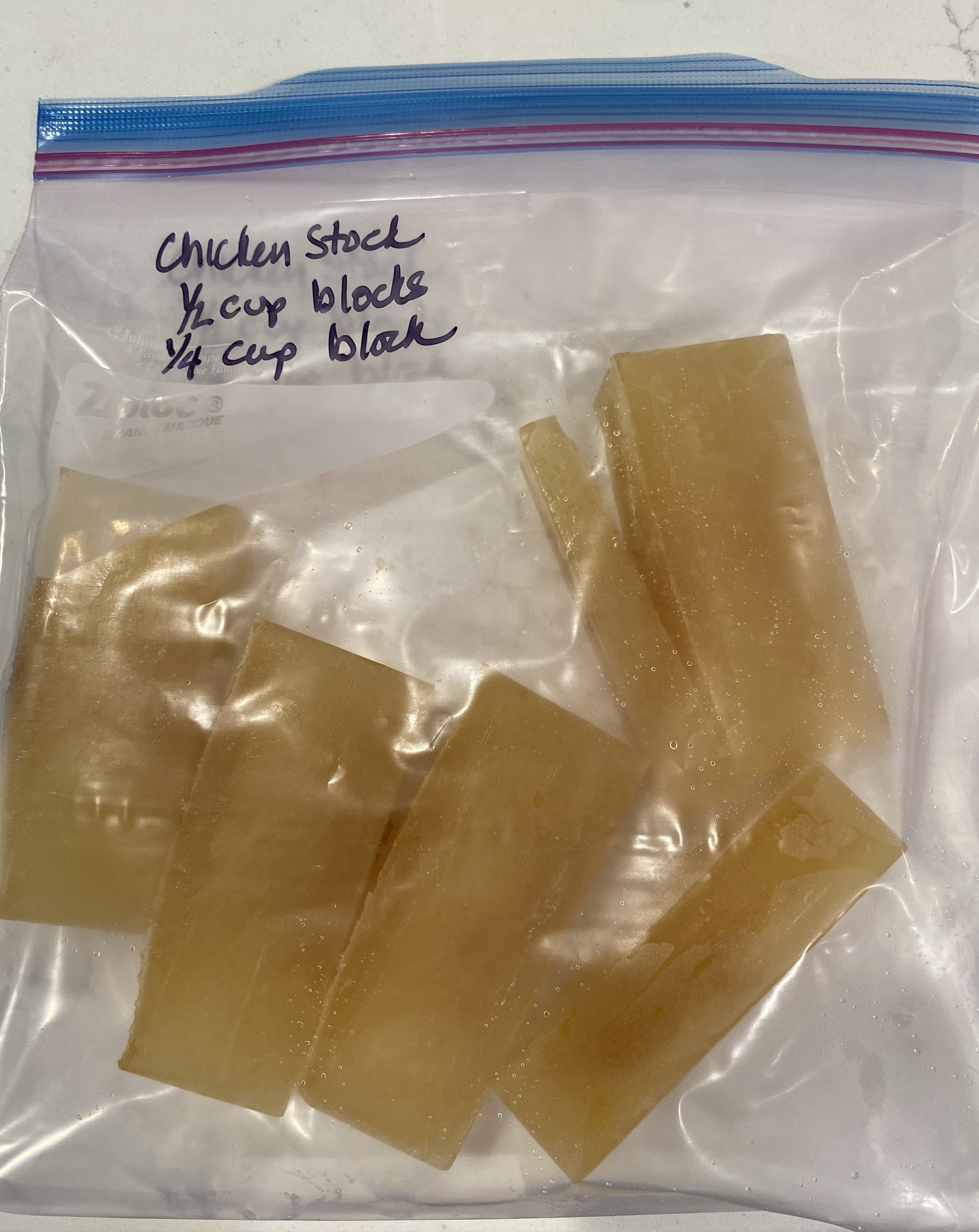Waste Not, Want Not: Practical Tips for Minimizing Food Waste
If you recently tried out the Mexican Fiesta menu from my recent blog post, there's a good chance you now have an open can of chipotle peppers sitting in your fridge.
For many, including me, that can of peppers probably ends up in the trash because, let's face it, how often do we really need chipotle peppers?
Frankly, this bothered me enough to seek a solution.
So, here's what I've started doing: I wrap each pepper in plastic wrap (I wish I could find a more eco-friendly alternative, but that's a challenge for another day) and pop them into a freezer bag.
Problem solved.
The next time I have a recipe calling for chipotle peppers, I can simply open the freezer and grab one or two peppers.
Now, we're all aware that food waste is a colossal problem.
In the United States alone, it's estimated that a staggering 119 billion pounds of food, nearly 40% of all food produced annually, gets tossed out (source: FeedingAmerica.org).
That translates to a mind-boggling 130 billion meals and over $408 billion in wasted food every year, with every link of the food chain, from farmers to consumers, contributing.
While we can't control much of what happens along that complex chain, we have full control over what occurs at home.
Personally, I detest throwing away food. It's not just a financial waste; it contributes to greenhouse gas emissions in landfills, squanders precious natural resources, and seems unjust when so many battle food insecurity.
So, if this bothers you as much as it does me, here are a couple of tips that have made a significant difference in my efforts to reduce food waste:
1. BREAD: Did you know that bread is the number one food item that gets thrown out? Over 240 million slices are wasted each year! I've made it a habit to freeze my bread.
It's a simple solution – quick to defrost or toast, and voilà, problem solved.
2. STOCK: Another common waste culprit for me used to be stock. You open a quart-size container, pour a couple of cups, and back into the fridge it goes, often to be forgotten.
Now, I freeze the leftovers right away. I love using silicone containers; they allow you to portion out ¼, ½, or full cup sizes, freeze, and then pop them out into a freezer bag. No more waste.
These are the containers I bought on Amazon - Souper Cubes.
3. VEGETABLES: Whether you have extra veggies you know won't get used or scraps like carrot shavings or broccoli stalks that you might typically discard, toss them into a freezer bag.
One day when inspiration strikes, you can make your own delicious vegetable stock with all these scraps.
4. FRUIT: Also pay attention to fruit or avocados that you may have ripening on the counter.
When they start ripening, put them in the fridge before they rot. Browning bananas are also great thrown in the freezer to use for smoothies.
And remember, just being mindful of not overbuying is important. It's easy to over buy when things look good … but without a plan, items can get easily wasted.
So connecting to my recent blog about a Mexican Fiesta, having a meal plan can go a long way in making sure you have just enough. And with just enough, and being proactive with using the freezer or other strategies, hopefully most food waste is eliminated.


